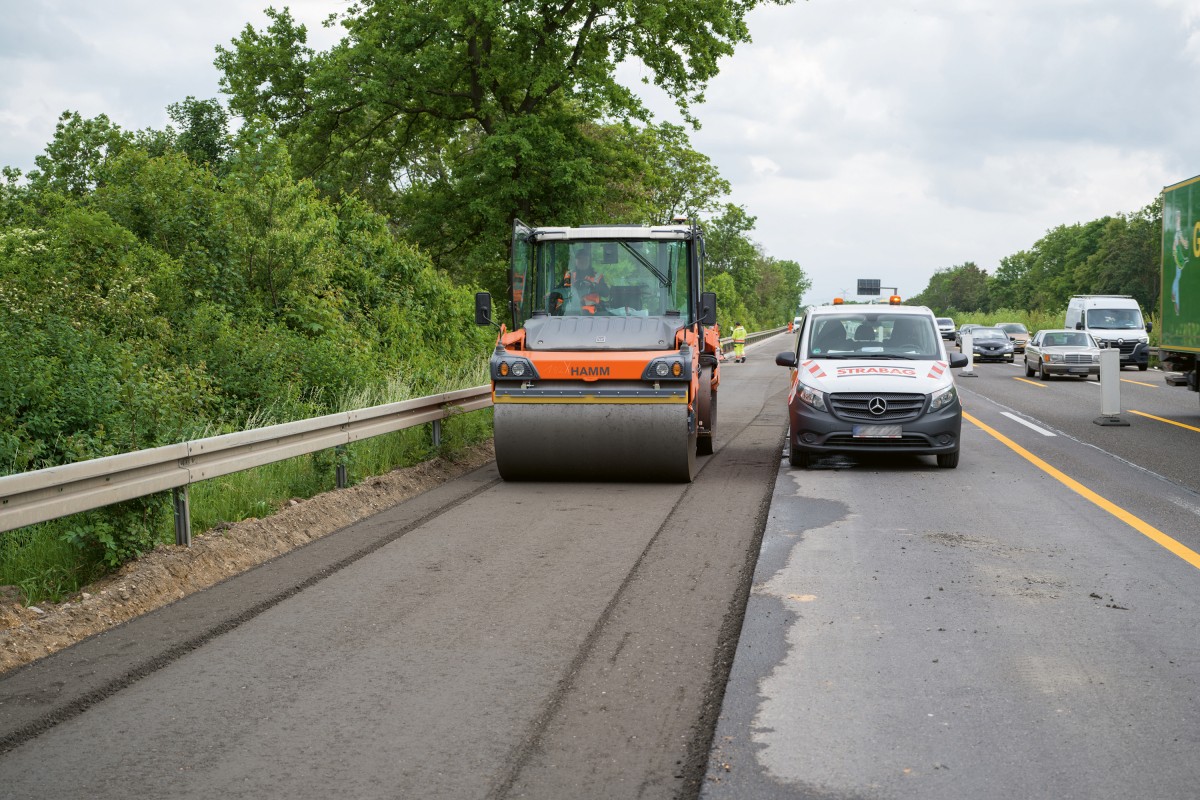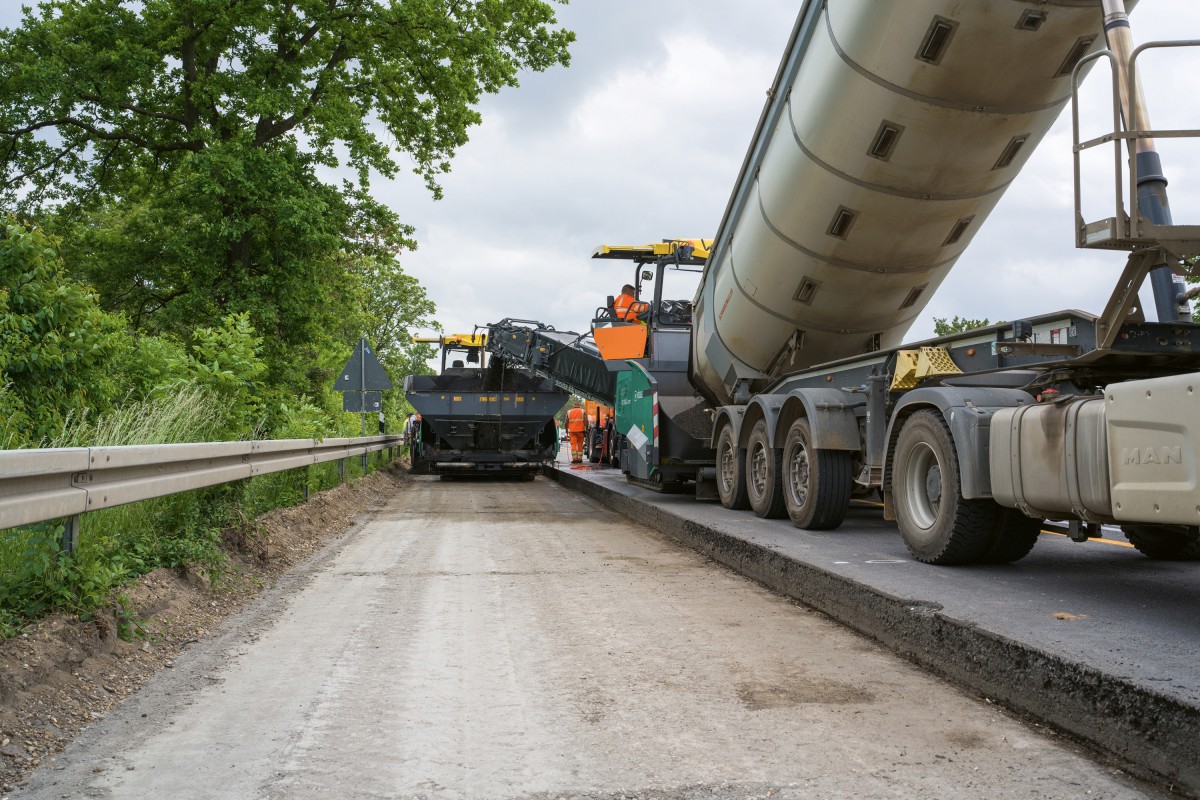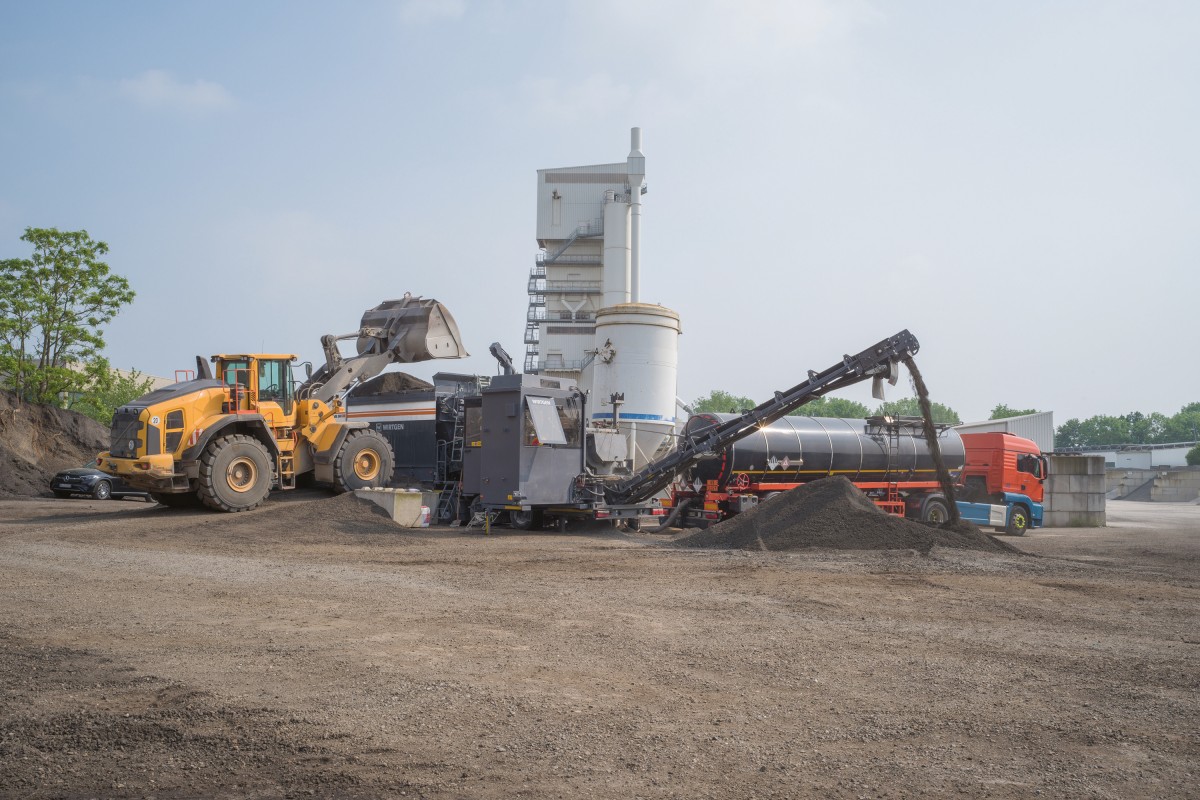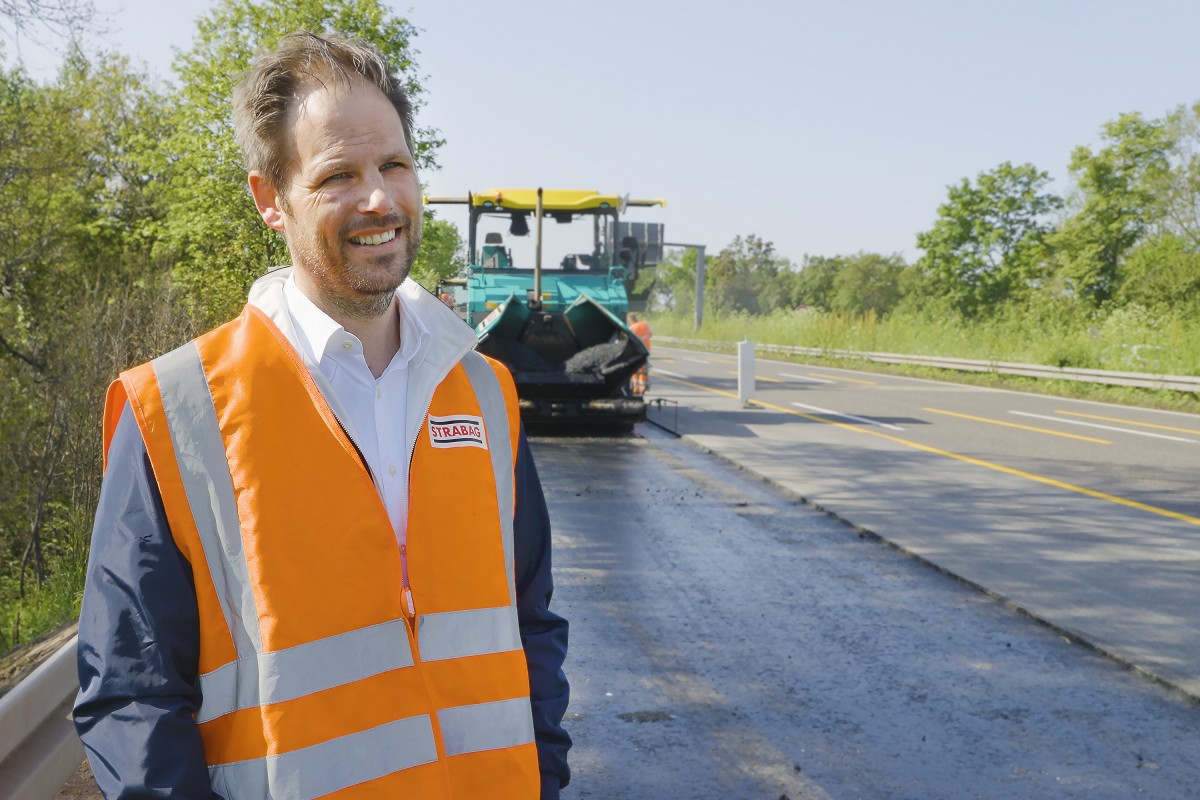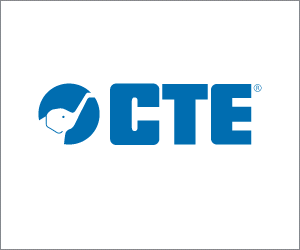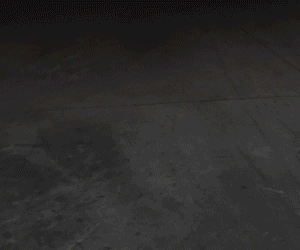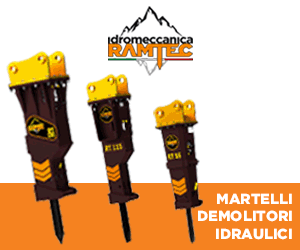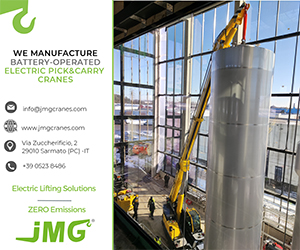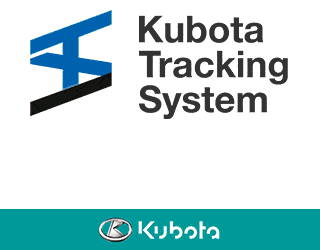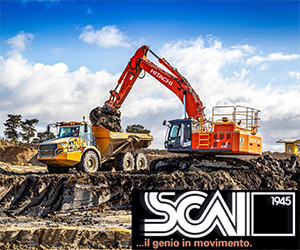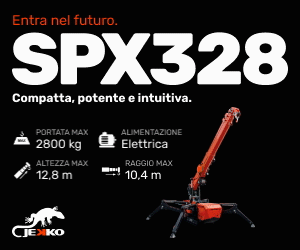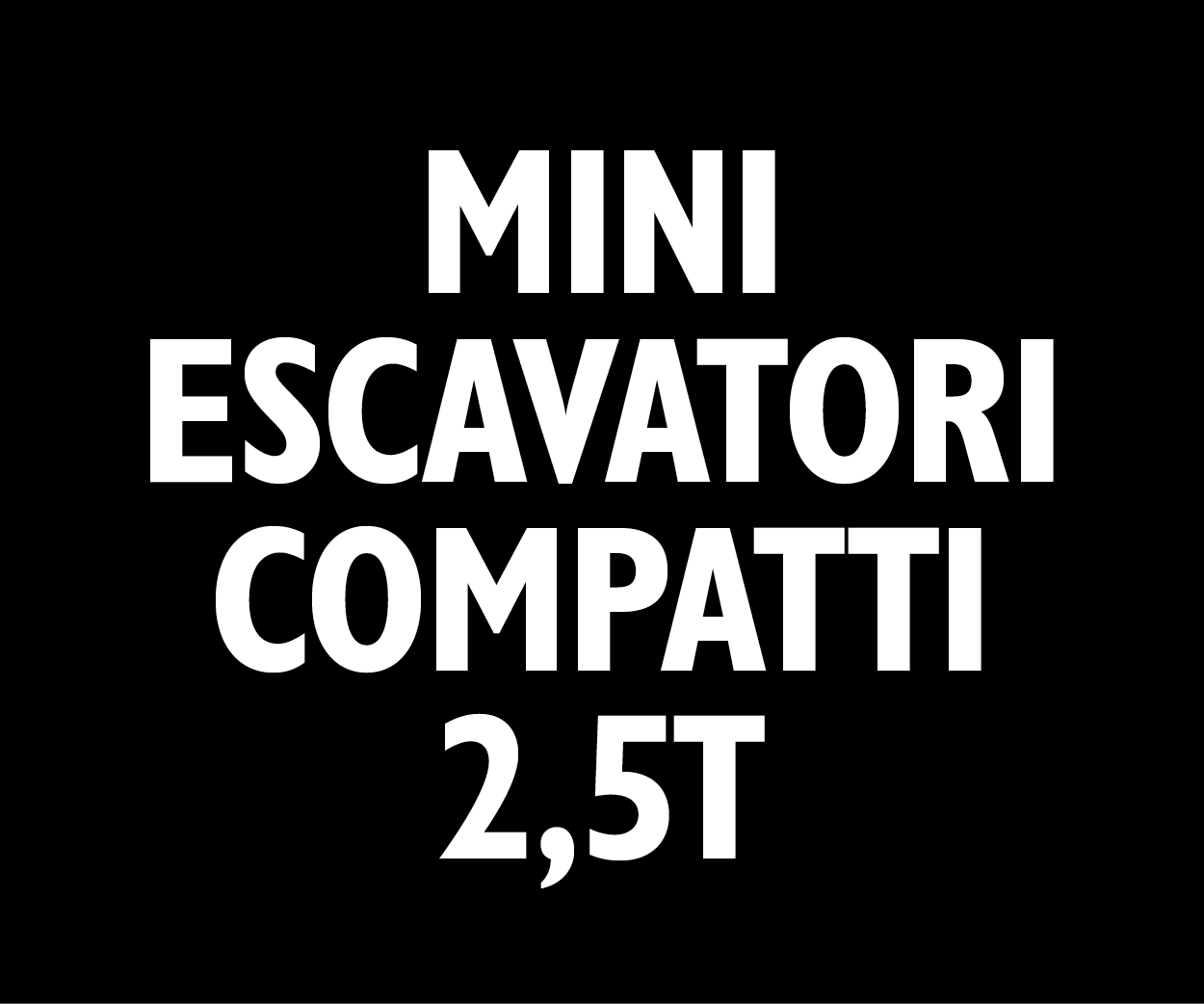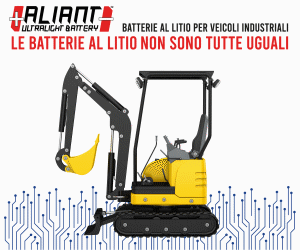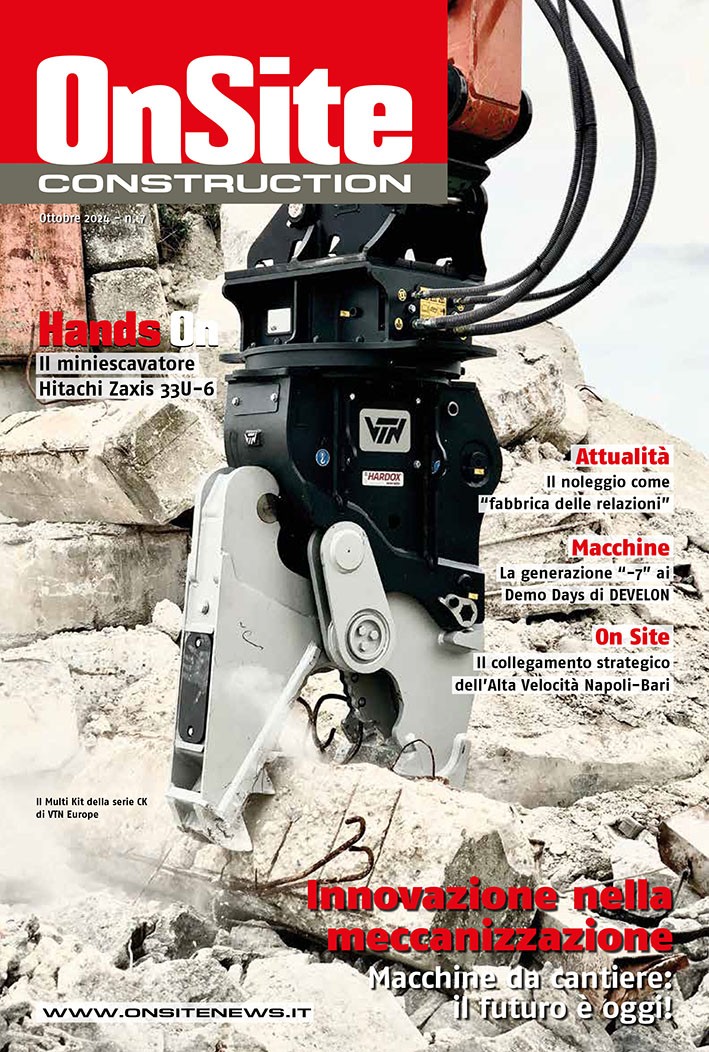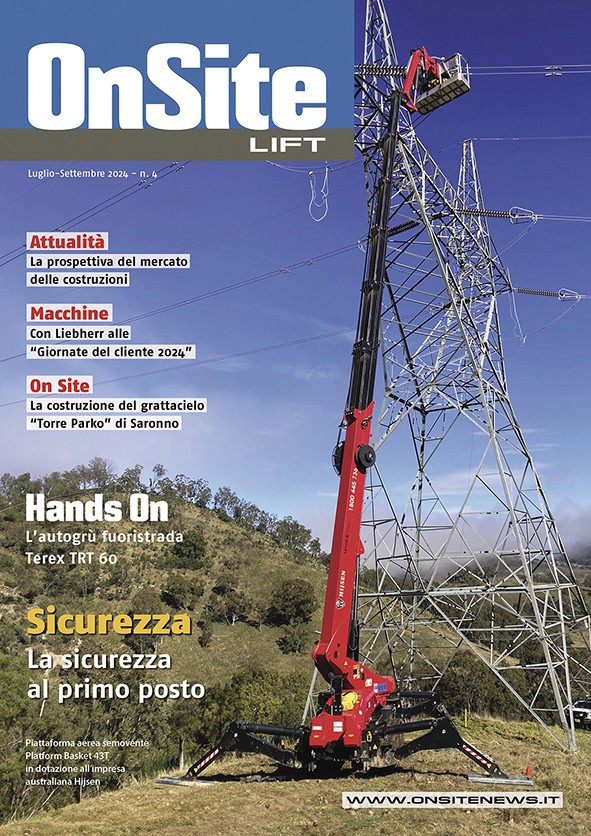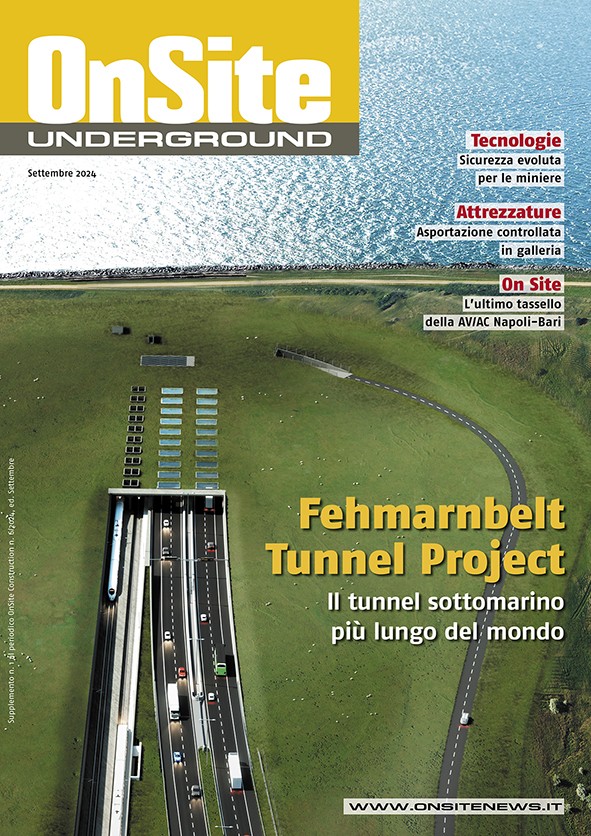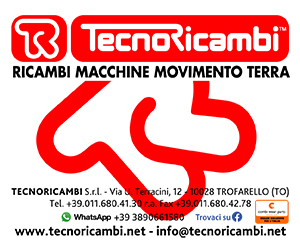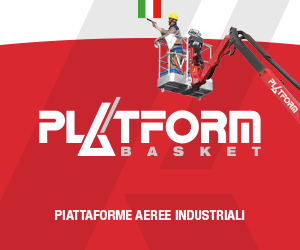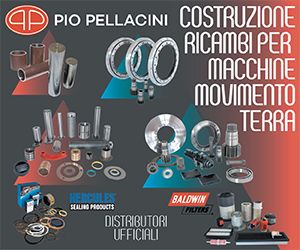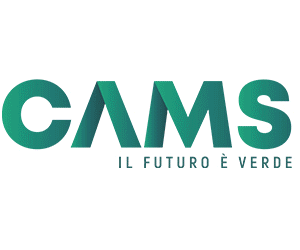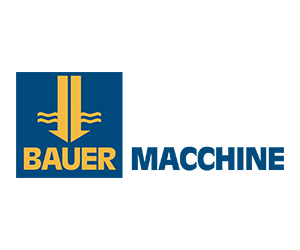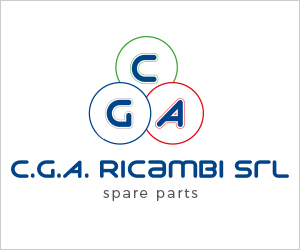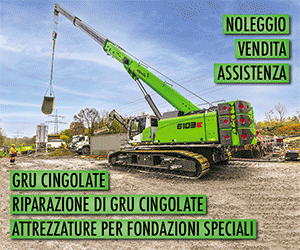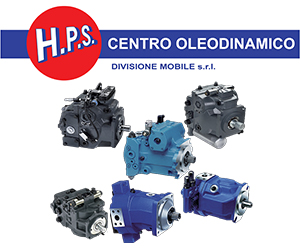Home \ International \ Sustainable full rehabilitation with the Wirtgen Group
Sustainable full rehabilitation with the Wirtgen Group
31/07/2024
Pubblicato da Ettore Zanatta
Sustainable full rehabilitation on the A 555 near Cologne: significant reduction of CO2 emissions!
A full rehabilitation of a 2.5 km section in both directions was carried out on the A 555, Germany’s oldest Autobahn. The overall construction time was estimated to be more than 18 months. The lead contractor on the project decided to use the cold recycling method from Wirtgen instead of a conventional construction method.
At least two lanes needed to be kept open to traffic to avoid serious congestion in the region. The hard shoulder was reconstructed as a heavy vehicle lane with the highest load class of BK100. With conventional paving methods, this would have involved milling off, removing and disposing of all asphalt layers, stabilisation of the sub-base, reconstruction of the asphalt base layer and asphalt binder course and the paving of an asphalt surface layer with the required load bearing capacity.
In conventional asphalt construction, the main sources of CO2 emissions are the production of new asphalt layers and the transportation of material to and from the construction site by trucks. As here on the A555, the cold recycling method from Wirtgen offers emission reduction potentials by paving the new base layer with bitumen-stabilised material (BSM) continuously produced at a rate of 240 t of cold mix per hour in a mobile cold mixing plant KMA 240i. Thanks to its high mobility and relatively small footprint, it was also possible to set up the plant at a close and logistically favourable distance from the construction site. This enabled the reduction of a large proportion of the emissions resulting from material transport. ‘What Wirtgen is offering us here with its cold in-plant recycling method is an exceptionally advanced process’, said Stephan Ehlers, Technical Manager, STRABAG AG (Düren Region).
The cold mixing plant KMA 240i produced the mix for the BSM base layer from reclaimed milled asphalt with the addition of foamed bitumen and cement. The most significant reduction of CO2 emissions achieved here was a result of the cold processing of the mix. The bitumen was delivered at a temperature of 180°C alone and then processed together with water and air to produce foamed bitumen. All this eliminates the need for energy-intensive heating of the aggregate fractions or the granulated asphalt. In order to achieve the required degree of compaction, the BSM base layer was paved over the pre-prepared sub-base in two separate layers. To ensure uninterrupted paving, a Vögele MT 3000-3i PowerFeeder successively conveyed the mix to the material hopper of the Super 1900-3i paver following on behind. The paver then took care of the true to grade and slope paving of the new base layer to a working width of 3.6 m. The first layer of cold mix paved had a thickness of 16 cm and the second layer, paved the next day, a thickness of 10 cm. Following pre-compaction with the AB500 screed, each of the cold mix layers was ideally compacted by an HD+ 140 tandem roller and an HP 280i pneumatic-tyre roller from Hamm. On the construction site, the cold recycling mix fulfilled all the requirements determined by preliminary testing. In the final step in the process, the BSM mix was overpaved with a new asphalt surface layer (SMA 11 S) with a thickness of 4 cm.
BSM mix is firmly established in many countries and is used for all load classes. Using BSM for the base layer on major roads and highways is nothing new around the world and is becoming increasingly interesting and popular in Germany. Suitability testing of the cold recycling mix for the new base layer on the A 555 near Cologne was carried out by STRABAG AG (Düren Region) with the assistance of Wirtgen in its own construction materials testing lab. When appropriately formulated, the mix is suitable for all traffic loads. The quantities of the binding agent and aggregates to be added were determined in preliminary trials. Reclaimed asphalt pavement with 25% crushed sand for the filling of fines, plus 1% cement, 2% foamed bitumen and water yielded positive synergies for the sustainable mix.
As BSM mix can be stockpiled, it also enables more flexible site logistics. This means that the mix can be produced at any time and placed in temporary storage until required. The mix remains pavable and, in contrast to conventional mixes, does not need to be laid down within an extremely short space of time.
“We can make process flows considerably more effective and faster with bitumen-stabilised material. In view of our expressed commitment to achieving climate neutrality by 2040, we have a vested interest in the further development of what we have learned from this project.”, emphasises Stephan Ehlers.

Ultime notizie di Wirtgen Macchine
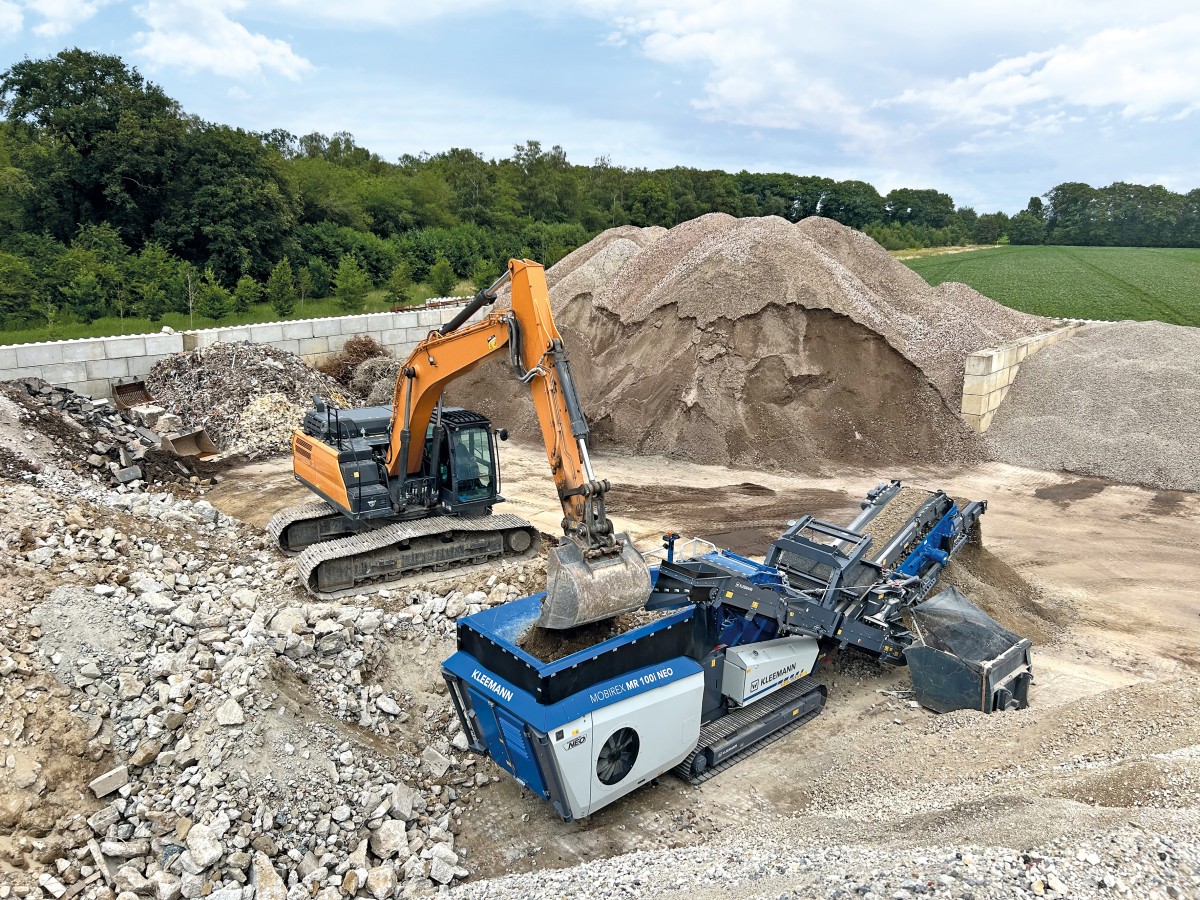
Earthmoving Machinery
21/11/2024
Kleemann: New compact crusher used for recycling
Impact crusher MOBIREX MR 100i NEO impresses during operatio...
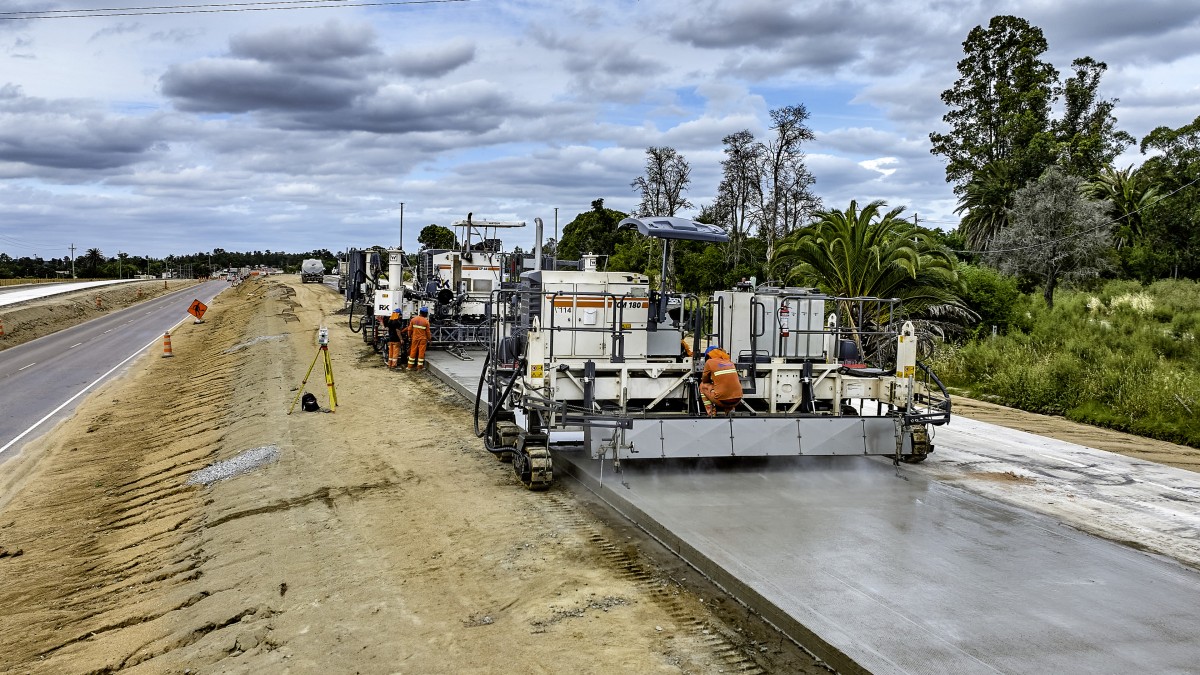
Road Machinery
04/11/2024
Wirtgen: Widening of the Ruta 5 highway from Montevideo to the Brazilian Border
Efficient concrete paving solutions from Wirtgen ensure the...
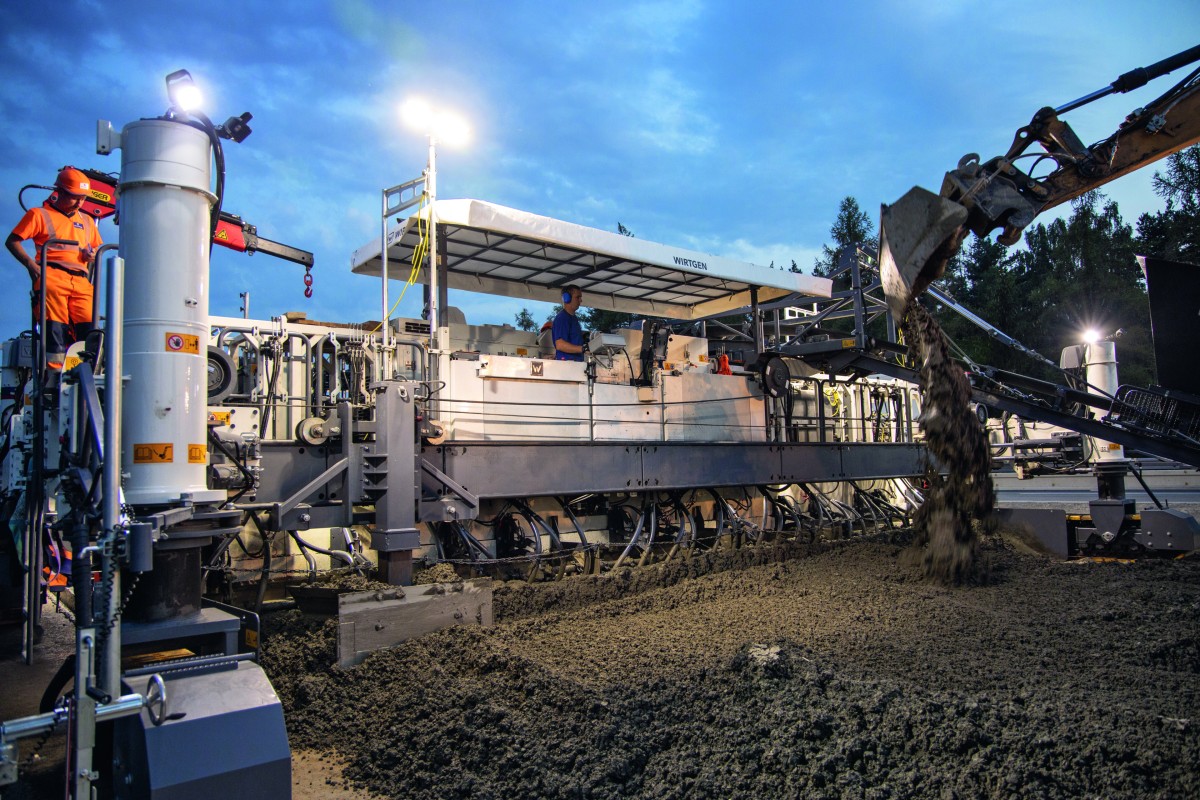
Road Machinery
31/10/2024
Wirtgen: Concrete paving with inset slipform pavers
Wirtgen has been offering machines for inset slipform paving...
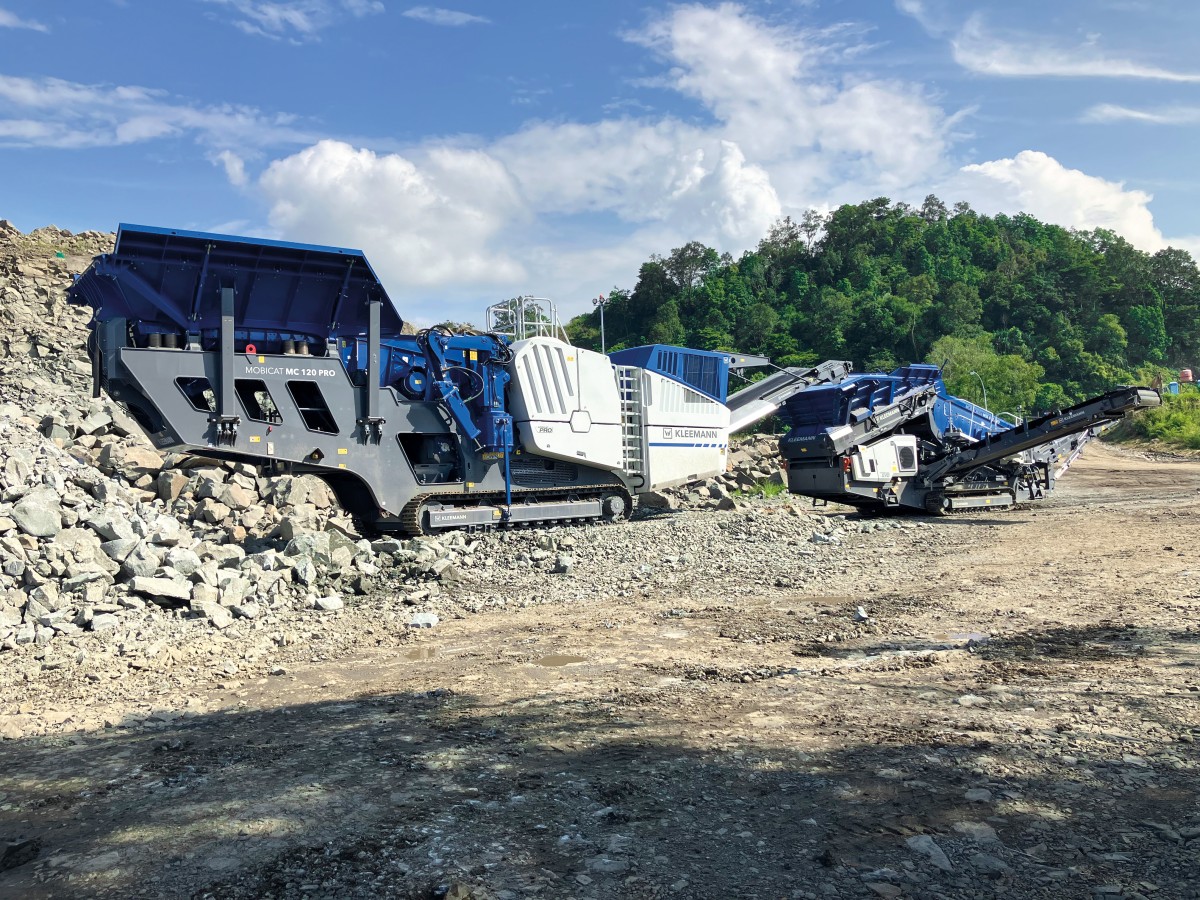
Earthmoving Machinery
28/10/2024
Kleemann: Andesite processing in Indonesia
A MOBICAT MC 120 PRO and a MOBISCREEN MSS 802 EVO are deploy...
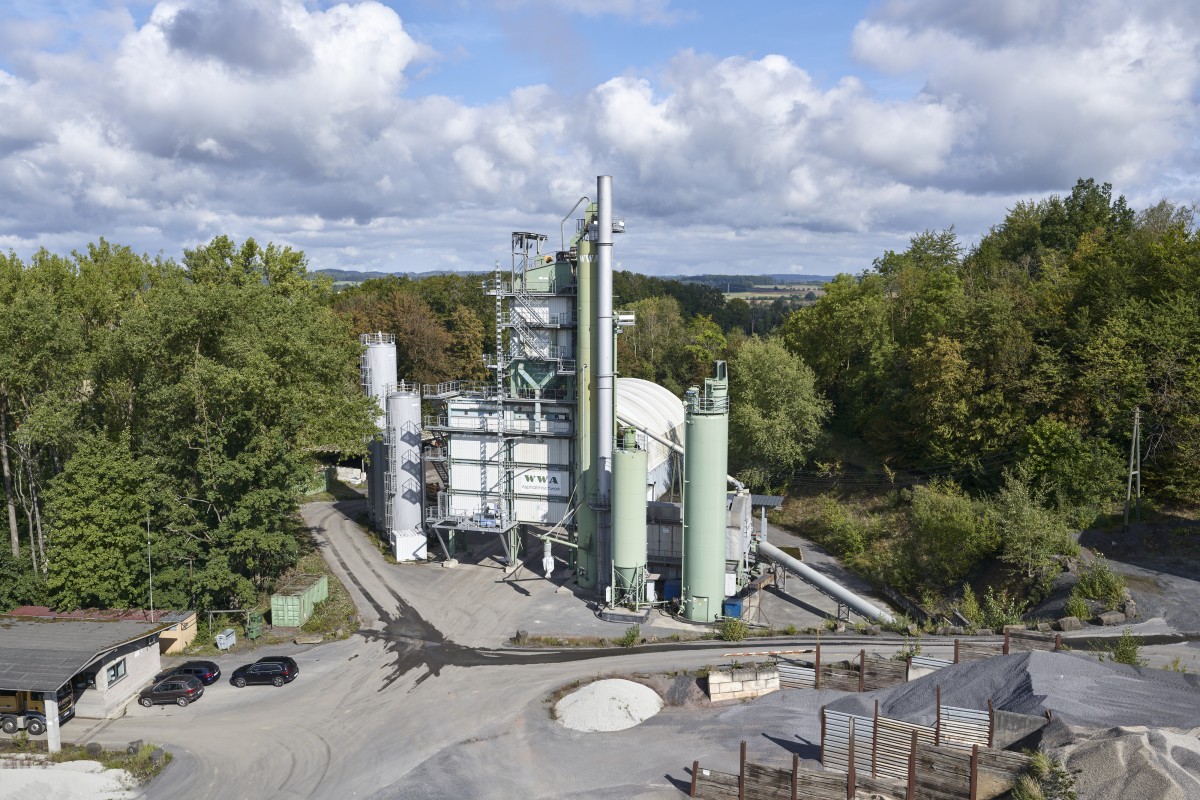
Earthmoving Machinery
24/10/2024
Benninghoven's REVOC system proven in practice
The REVOC Retrofit solution has been installed at an existin...
Road Machinery
01/10/2024
The Wirtgen Group at Paving Expo 2024
The Wirtgen Group presents groundbreaking technologies at Pa...
Altri International

International
21/11/2024
Kleemann: New compact crusher used for recycling
Impact crusher MOBIREX MR 100i NEO impresses during operatio...
International
21/11/2024
SITECH partners with Royal Engineers to create poppy and demonstrate tech offering
The demostration involved creating a ground-level poppy desi...
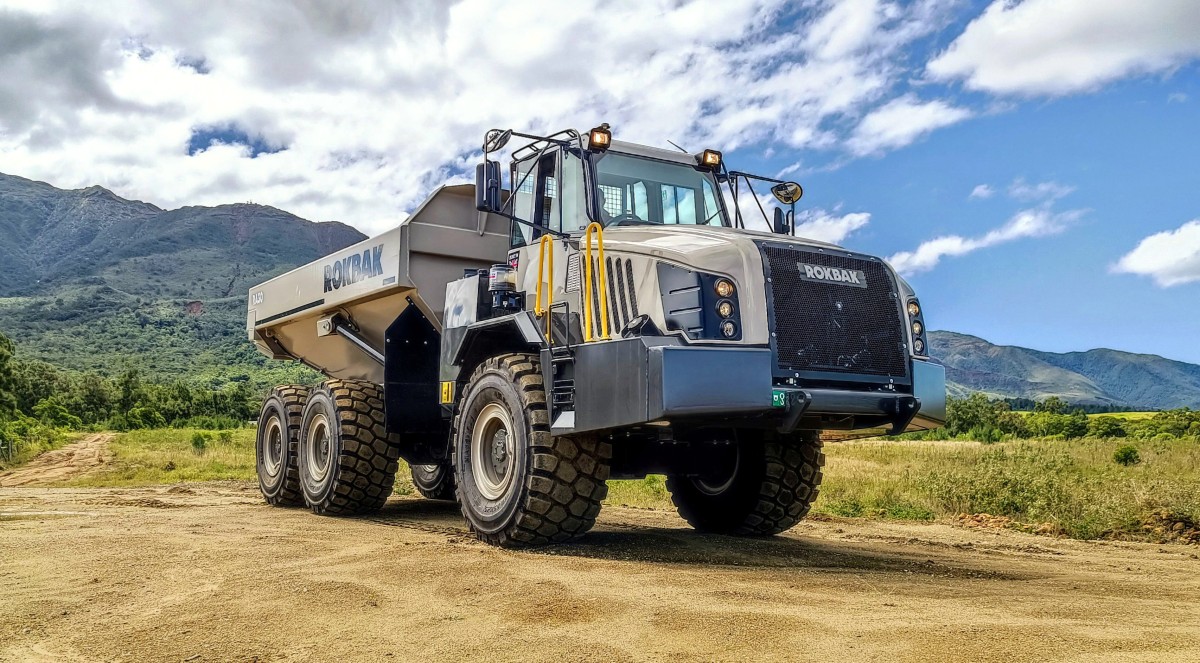
International
20/11/2024
Strong and stable RA30 trucks carry the weight at New Caledonian mine
Three Rokbak RA30 trucks are delivering exceptional durabili...
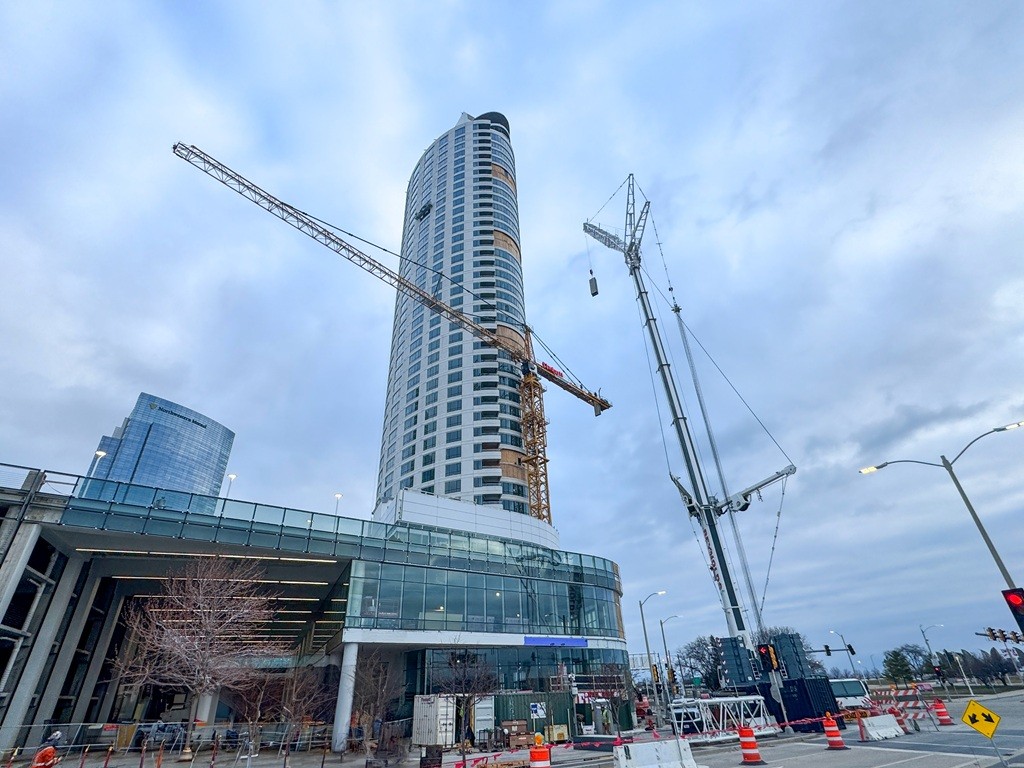
International
20/11/2024
Tadano AC 7.450-1 Performs Double Duty in Wisconsin
A cost-saving and versatile solution was already on site - a...
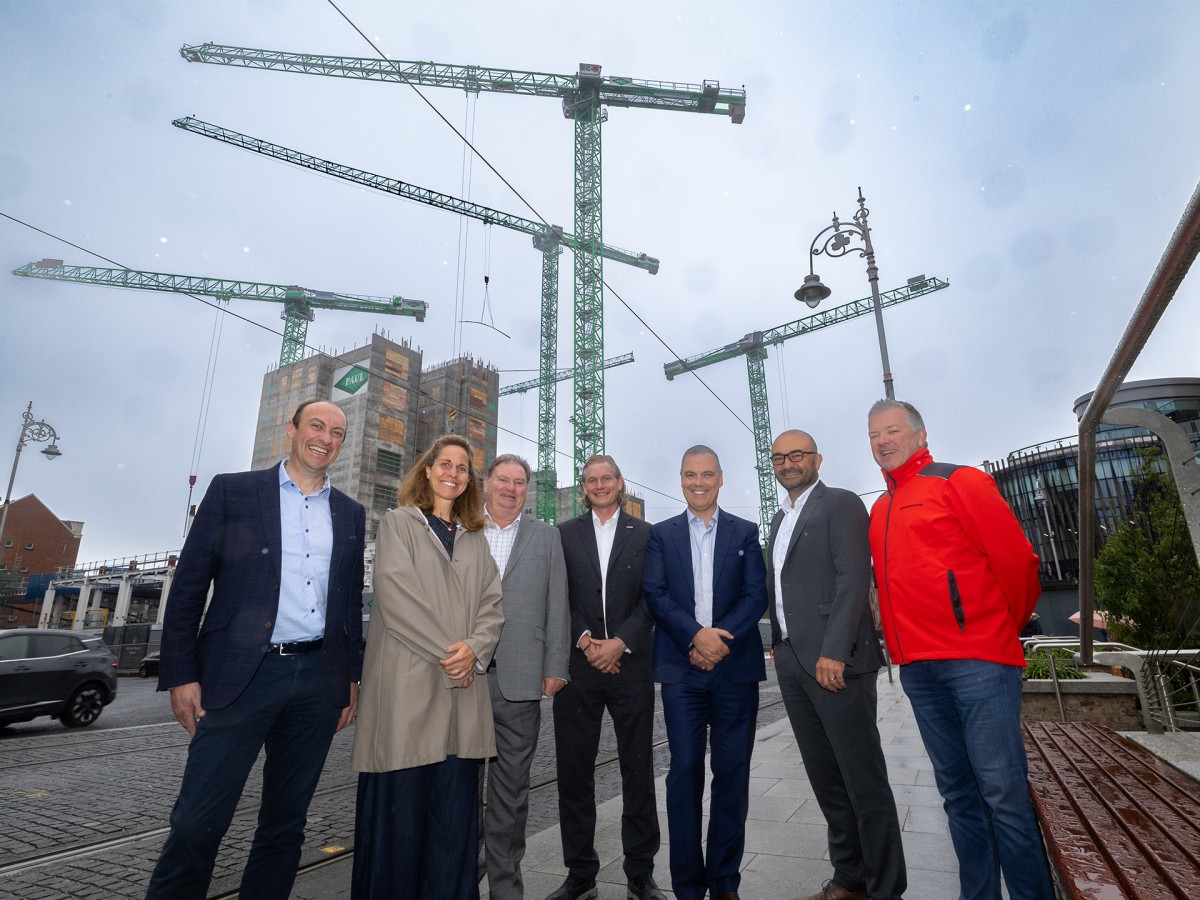
International
19/11/2024
Liebherr Tower Cranes and John Paul Construction celebrate 50 years of partnership
Irish construction company John Paul Construction is celebra...
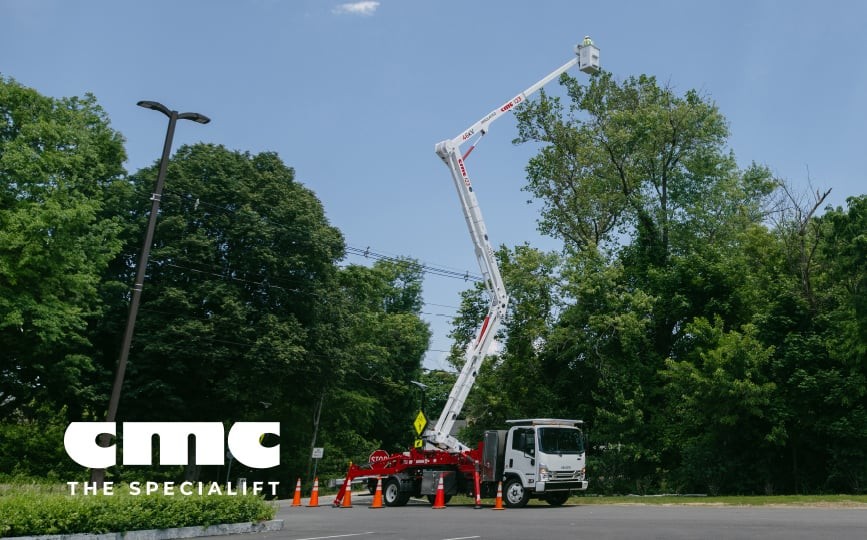
International
18/11/2024
The CMC i23 aerial platform: an example of high performances
CMC i23 is designed to maximise operational efficiency in al...











